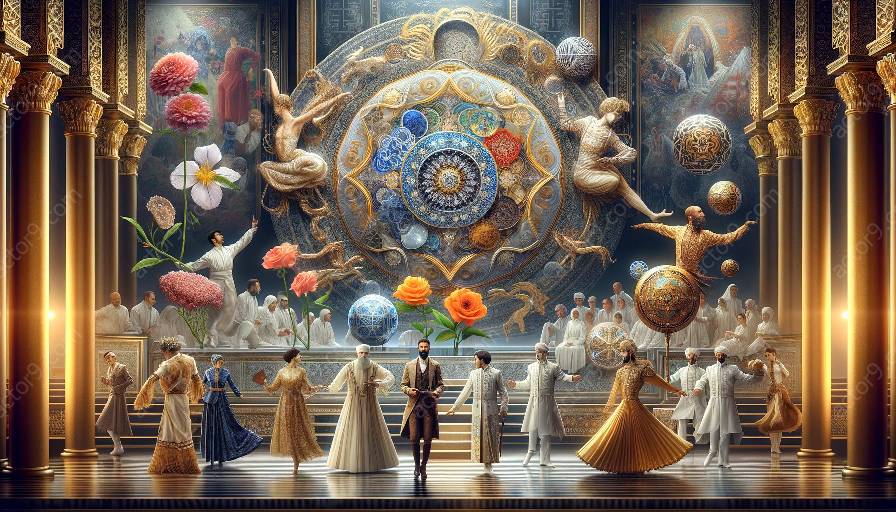The circus arts have long been utilized as a powerful tool for cultural preservation, showcasing and perpetuating the customs, traditions, and heritage of various communities. This unique form of entertainment has acted as a bridge for cultural exchange and has integrated influences from all around the world.
Cultural Influence in Circus Arts
The circus arts are inseparable from cultural influence, as they have been shaped by different traditions, rituals, and art forms. For centuries, circus performers have drawn inspiration from their cultural backgrounds, infusing their acts with elements of music, dance, and storytelling that represent their heritage. As a result, circus arts have become a rich tapestry of cultural diversity, encompassing a wide range of traditions and customs.
Examples of Cultural Preservation through Circus Arts
Across the globe, numerous examples illustrate how circus arts have been used to preserve and celebrate cultural heritage. One remarkable instance is the traditional Mongolian circus, which continues to showcase ancient acrobatic techniques, horsemanship, and throat singing that have been passed down through generations. Similarly, the Chinese circus has preserved and promoted the country's martial arts, showcasing awe-inspiring displays of strength and agility rooted in centuries-old traditions.
In Europe, the European circus tradition has played a vital role in cultural preservation, combining elements from different regions to create a vibrant and diverse performance art. Different circus styles, such as the French Nouveau Cirque and the Italian Circo di Montecarlo, have upheld and nurtured cultural values and traditions, contributing to the preservation of regional identities.
Furthermore, in South America, the circus arts have been deeply intertwined with cultural expressions, such as the Argentine gaucho tradition and the Afro-Brazilian carnival festivities. These influences are masterfully depicted in circus performances, effectively serving as a living testament to the vibrancy and resilience of these cultural legacies.
Impact of Circus Arts on Cultural Preservation
The impact of circus arts on cultural preservation cannot be overstated. By engaging audiences with immersive performances that reflect diverse traditions, circus serves as a living museum, preserving intangible cultural heritage through dynamic, interactive experiences. Moreover, circus arts provide a platform for intercultural dialogue, fostering mutual respect and understanding as they celebrate the richness of human diversity.
In conclusion, the remarkable examples of how circus arts have been used as a tool for cultural preservation serve as a testament to the profound impact of this art form in enriching and perpetuating our shared cultural heritage.


































